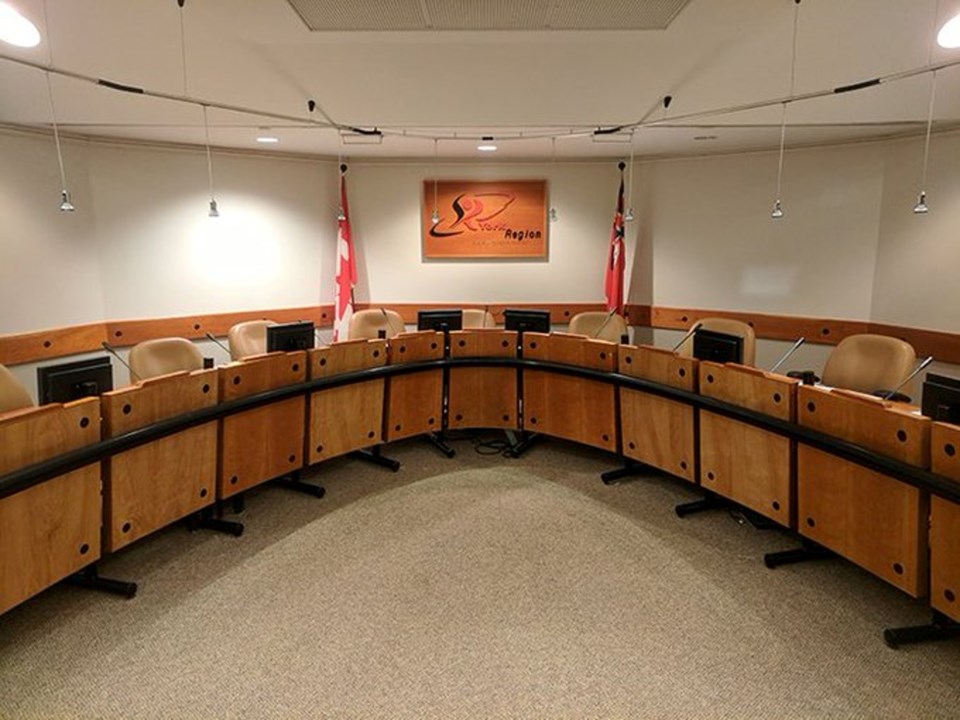The highest-ranking secondary schools in York Region are in Markham, Richmond Hill, and Thornhill, which posted stellar overall results, according to a recent report by the Fraser Institute.
The report ranks 689 public, Catholic and independent schools based on eight academic indicators derived from provincewide test results. Fraser Institute officials say this allows parents to compare the academic performance of schools across Ontario.
“Our report cards offer parents information they can’t easily get anywhere else about how their child’s school performs and how it compares to other schools in Ontario,” said Peter Cowley, senior fellow with the Fraser Institute.
The report card’s foundation is an overall rating of each school’s academic performance. St. Robert Catholic High School in Thornhill scored 9.2 out of 10, St. Augustine Catholic High School in Markham scored 9.2 out of 10, and St. Therese of Lisieux Catholic High School in Richmond Hill scored nine out of 10.
According to the report, the assessment provides parents with a valuable tool to make a decision. It makes comparisons easy, alerts parents to nearby schools that appear to have more effective academic programs, and allows parents to determine whether schools of interest are improving over time.
Institutions in Newmarket had above-average overall results. Newmarket High School had a score of eight out of 10, Sir William Mulock Secondary School had a score of 7.1 out of 10, Sacred Heart Catholic High School had a score of 6.9 out of 10, Dr. J.M. Denison Secondary School had a score of 6.5 out of 10, and Huron Heights Secondary School had a score of 5.7 out of 10.
The York Region District School Board acknowledged the report but disputes the efficacy of the findings on student success.
“There is no evidence that ranking schools improves student achievement and well-being,” said Licinio Miguelo, senior manager of corporate communications.
Each school’s performance is based on six indicators, all of which are derived from provincewide tests of literacy and mathematics skills administered by the province’s Education Quality and Accountability Office (EQAO).
“EQAO results provide useful data that is used to inform school and board improvement planning; however, it is only one data set of a whole picture of a school,” said Miguelo. “In determining appropriate school planning and resource allocation, we review the whole picture of a school that includes educators’ assessments, climate surveys, and other programming in the classroom.”
Schools in Aurora fared above average as well. Dr. G.W. Williams Secondary School had a score of 8.5 out of 10, Aurora High School had a score of 8.2 out of 10, Cardinal Carter Catholic High School had a score of 7.6 out of 10, École secondaire catholique Renaissance had a score of 6.7 out of 10, and St. Maximillian Kolbe Catholic High School had a score of 6.3 out of 10.
The Fraser Institute says it selected this set of indicators because they provide helpful insight into a school’s performance.
“As they are based on annually generated data, we can assess not only each school’s performance in any given year but also its improvement or deterioration over time,” notes the report. “While each of the indicators is important, it is almost always the case that any school does better on some indicators than on others.
“So, just as a teacher must make a decision about a student’s overall performance, we need an overall indicator of school performance — in the table’s overall rating out of 10. Just as teachers combine test scores, homework, and class participation to rate a student, we have combined all the indicators to produce an overall rating.”
The institute says studying the report will prepare parents to ask relevant questions when they visit schools under consideration and speak with the staff. The report also noted public ratings and rankings attract attention, which can motivate improvement.
“Schools that perform well or show consistent improvement are applauded,” says the report. “Poorly performing schools generate concern, as do those whose performance is deteriorating. This inevitable attention provides an incentive for all those connected with a school to focus on student results.”
NewmarketToday sent questions to the York Catholic District School Board. It did not respond by the time of publication.
— With files from Nikki Cole



